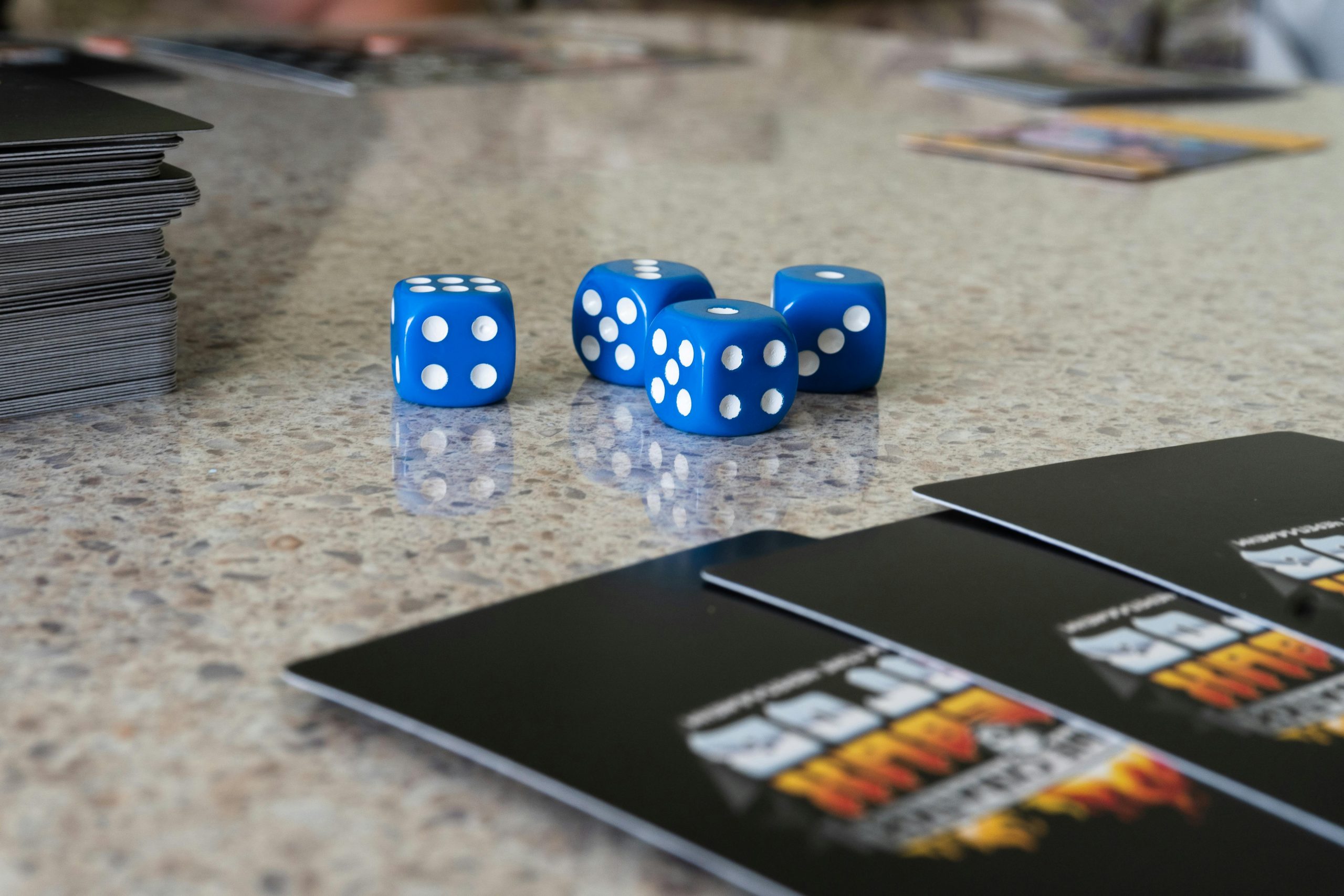Navigating Your Career Transition: Crafting the Perfect Job Profile
Hello, fellow creatives! As I embark on an exciting new chapter in my career, I find myself contemplating an essential question: what should I designate as my professional title?
Starting my journey as a graphic designer, I have transitioned into the realms of UI Design and Development over the past three years. I have honed my skills to design web applications using Figma and develop them utilizing technologies such as JavaScript, Node, Express, MongoDB, and Three.js. As I look toward future opportunities, I aim to remain within the design and development sphere.
However, I’m currently facing a challenge. My experience spans a diverse array of projects, and I’m unsure how to effectively present this variety in my portfolio. My goal is to highlight the success of each project with concise information while avoiding extensive case studies. Instead, I want to create something that is both engaging and visually appealing—something that communicates the essence of each project succinctly.
So, how do I achieve this? Here are a few strategies I’m considering:
-
Crafting a Concise Portfolio: I plan to create thumbnails for each project accompanied by brief descriptions that emphasize the results and impact of my work. This approach allows potential employers to grasp the essence of each project at a glance.
-
Incorporating Visual Elements: Using graphics or infographics can provide a visual representation of project outcomes, making it easier to convey success without lengthy text.
-
Using Action-Oriented Titles: Instead of a single job title, I’m contemplating a combination title that reflects both my design and development skills, such as “UI/UX Designer & Front-End Developer.” This not only clarifies my expertise but also showcases my dual abilities.
-
Focusing on User-Centered Outcomes: When highlighting projects, I’ll emphasize user feedback and metrics that demonstrate how my designs and developments have enhanced user experiences or achieved business objectives.
These are just initial thoughts as I shape my portfolio and professional presence moving forward. I’d love to hear any suggestions you might have or insights into how you’ve navigated similar transitions in your careers!
Looking forward to your thoughts!


2 responses to “Understanding my job responsibilities”
It sounds like you’re at an exciting juncture in your career! Given your background in graphic design and your experience in UI design and development, you’re well-positioned to create an impactful portfolio that highlights both your technical skills and design sensibilities.
Choosing Your Profile Name
For your profile name, consider a title that reflects your hybrid skill set. Options like “UI/UX Designer & Front-End Developer” or “Product Designer with Development Expertise” convey your dual focus effectively. If you’re leaning toward personal branding, you could even include your name and a tagline, such as “Jane Doe | UI/UX & Web Development Specialist”. This would put your versatility front and center, making it clear that you can bridge design and development.
Structuring Your Portfolio
Project Selection: Focus on projects that best showcase your skills in both design and development. A mix of personal, freelance, and collaborative work can demonstrate your range. Prioritize projects that solved specific user problems or had a measurable impact on user engagement or business outcomes.
Concise Project Descriptions: For each project, use a consistent template that highlights:
Objectives & Outcomes: Instead of a lengthy narrative, try using bullet points for key objectives and outcomes. For example:
Visual Showcase: Use visuals strategically to communicate your design proficiency. Include:
Infographics or charts to depict measurable improvements (e.g., user analytics post-launch).
Project Categories: If you have diverse projects, categorize them to help visitors navigate easily:
Each category can have a brief description to guide visitors on what they’ll find.
Conveying Project Success
To succinctly convey the success of your projects, you might incorporate “success metrics” or “testimonials” in a visually appealing format. For instance:
– A small badge icon next to a project can indicate awards or special recognitions.
– Brief quotes from clients or users can showcase user satisfaction or business success.
Profile Tips
With a well-structured portfolio and clear, impactful project presentations, you’ll not only capture attention but also convey your unique ability to integrate design with development seamlessly. Good luck with your career transition—your multifaceted skill set is a significant asset in today’s job market!
Hi there! It’s inspiring to see your thoughtful approach to crafting a portfolio that encapsulates your diverse skills in design and development. Navigating these transitions can indeed be challenging, but your strategies are a solid foundation.
One additional idea you might consider is integrating project videos or interactive demos into your portfolio, especially for web applications. These engaging elements not only showcase your design and development skills in action but also create a more immersive experience for potential employers. Additionally, you could think about incorporating a “Behind the Scenes” section that briefly outlines your thought process, the challenges you faced, and how your solutions impacted both the user experience and the project’s success.
Moreover, when considering your title, you might want to experiment with keywords that align with the roles you’re targeting. Platforms like LinkedIn often favor these keywords in search algorithms, enhancing visibility to recruiters looking for multi-talented professionals like yourself.
Lastly, don’t hesitate to share your journey and learning experiences in your portfolio or on professional networks—storytelling can be a powerful tool to connect with others in your field and showcase your unique perspective.
Best of luck as you continue to refine your professional identity! I’m excited to see where this journey takes you!